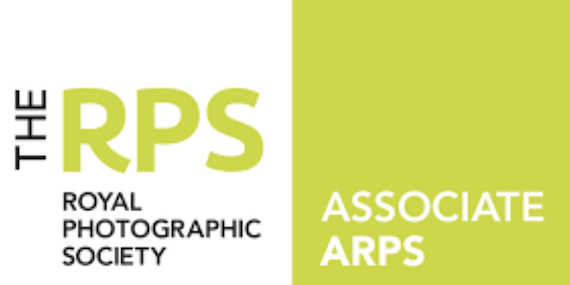When Monk's work as a bouncer did not work out he took up photography. Still working in The Catacombs, he began to make his living taking pictures of the diverse clientele in a seedy bar. He used a Pentax camera, with a 35 mm focal-length lens, a small flash and Ilford FP4 film. Monk stopped taking pictures in 1969. His photographs show a variety of the underbelly of Cape Town life at the time —ranging from old men with young wives and gay couples, to midgets and mixed race relationships, he shows a side of life under apartheid that is rarely seen elsewhere.
Discovery of his work
Discovery of his work
Monk's work was discovered in 1979 by Jac de Villiers, when he moved into Monk's old studio. Not only were they already well constructed by the photographer, they were also impeccably annotated with dates and names, which made curation a simple and enjoyable process. The first exhibition of Monk's work took place at the Market Gallery in Johannesburg in 1982 and although Monk could not attend the event it was subject to much critical acclaim.
Monk was never to witness the exhibition of his own work in a gallery. No more than two weeks after the exhibition began he attempted to get a ride from Cape Town to Johannesburg to see his work—however in the process he became involved in an altercation during which a man pulled a gun. Monk was shot in the chest, and died on the evening of Saturday 31 July 1982. His last words were said to be “Now you’ve gone and killed me.” He was buried at sea by his remaining family—three sisters, his wife, Jeanette, his son and daughter and former frequenters of The Catacombs.
On Fred Eaglesmith's Cigarette Machine
